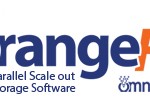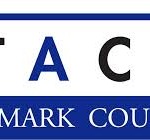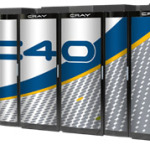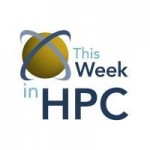There is still time to register for the 20 Years of Beowulf workshop, which takes place in Annapolis, Maryland on Oct. 13-14.
Archives for September 2014
OrangeFS – It Just Works
OrangeFS, the user-friendly, open source parallel file system for high performance computing, has a lot of endearing qualities. Heading up the list is the fact that it just works – download it to your existing commodity hardware and realize immediate and substantial boosts in the performance of your HPC and storage clusters.
Video: The Cloud in the Parallel Universe
“Expanding access, new data intensive workloads – researchers, engineers, designers would like to have efficient technical computing facilities with maximum flexibility. But not any cloud would do – providing key technology on the performance, system and solution side is the foundation of democratized access to simulation. In this presentation we will show how technology drives flexible compute models for HPC, and also have some considerations and examples of what we are doing with the ecosystem like cloud service providers and software vendors today and tomorrow – with a special view on the manufacturing segment – to enable the best of both worlds: HPC/Cloud to match your access, workload and budget to the best option.”
What is Lustre?
Fifteen years ago, the HPC community began developing a super fast and highly scalable parallel file system in response to the limitations of NFS. Called Lustre, it is the dominant file system technology now in use at half of the top 100 supercomputer installations worldwide (top500.org).
Record STAC Performance with Haswell EP and Xeon Phi
The STAC Securities Technology Analysis Center has published new STAC-2 benchmarks showing record performance on the Intel Haswell EP processors coupled with the Intel Xeon Phi.
Video: Cluster Optimizations – How to Achieve Optimal Performance
“To achieve good scalability performance on the HPC scientific applications typically involves good understanding of the workload though performing profile analysis, and comparing behaviors of using different hardware which pinpoint bottlenecks in different areas of the HPC cluster. In this session, a selection of HPC applications will be shown to demonstrate various methods of profiling and analysis to determine the bottleneck, and the effectiveness of the tuning to improve on the application performance.”
Announcing the Cray XC40 Supercomputer with DataWarp Technology
Burst Buffers are here! Today Cray announced the launch of the Cray XC40 supercomputer and the Cray CS 400 cluster supercomputer – the next-generation models of the Company’s high-end supercomputing systems and cluster solutions. Based on the new Intel Xeon processor E5-2600 v3 product family, formerly code named “Haswell,” the new systems deliver a 2x improvement in performance over previous Cray XC and Cray CS systems.
Exascale: A Long Look at Lustre Limitations
In this video from the LAD’14 Conference in Reims, Nathan Rutman from Seagate presents: Exascale: A Long Look at Lustre Limitations.
This Week in HPC: New Research from the U.S. Council on Competitiveness
The SOLVE Report is here! The Council on Competitiveness, with support from the US Department of Energy, engaged Intersect360 Research to interview 100+ companies whose use of HPC increases their competitiveness in industries such as manufacturing, finance, pharmaceuticals, and chemical engineering. These findings were published in Solve, a publication exploring how U.S. investment in HPC benefits America’s industrial and economic competitiveness.
Lustre: Intel Features and Future Development
In this video from the LAD’14 Conference in Reims, Andreas Dilger from Intel presents: Lustre: Intel Features and Future Development.













